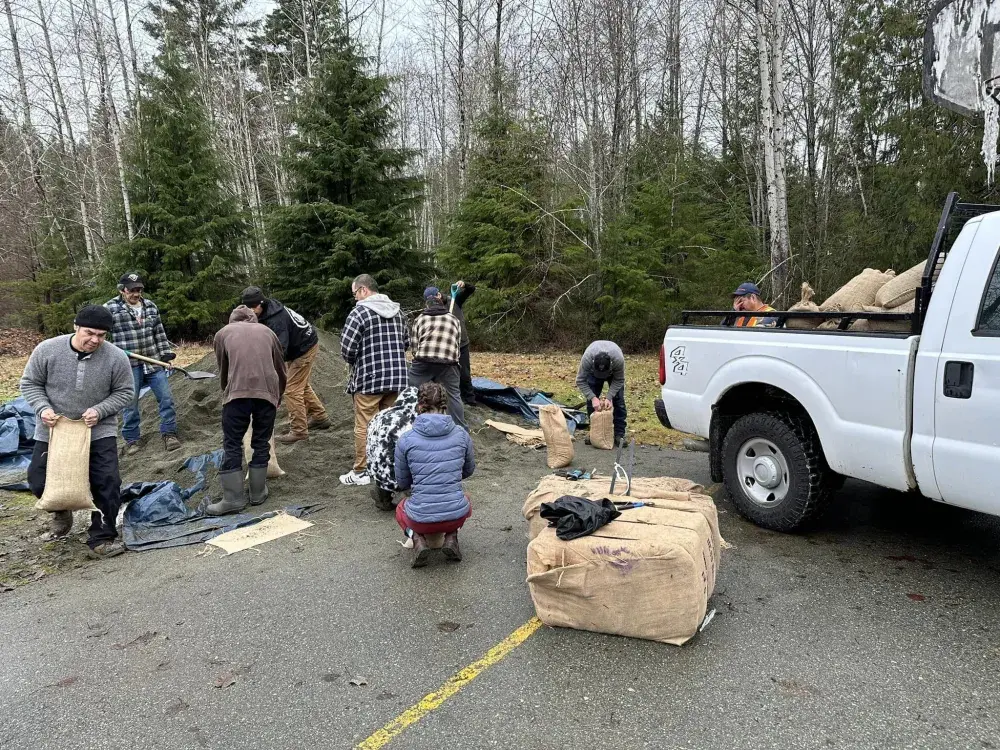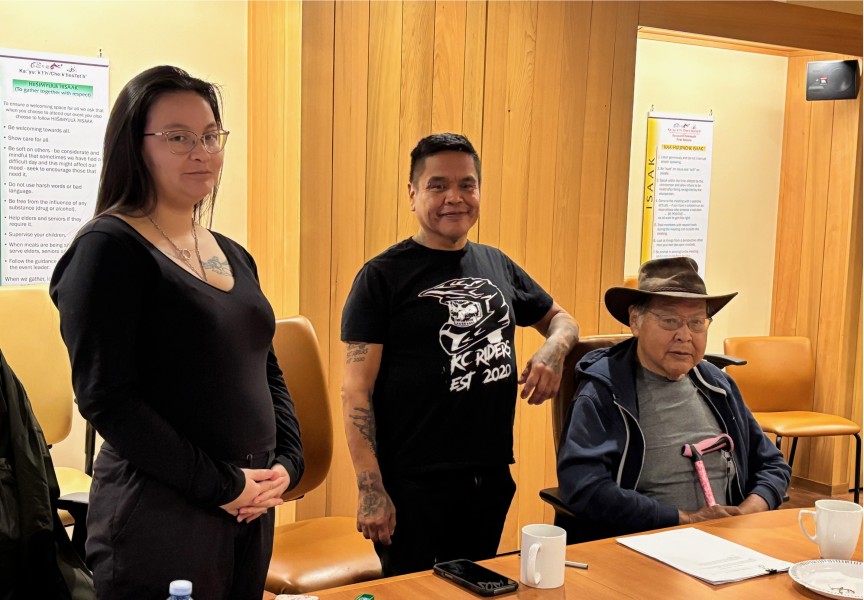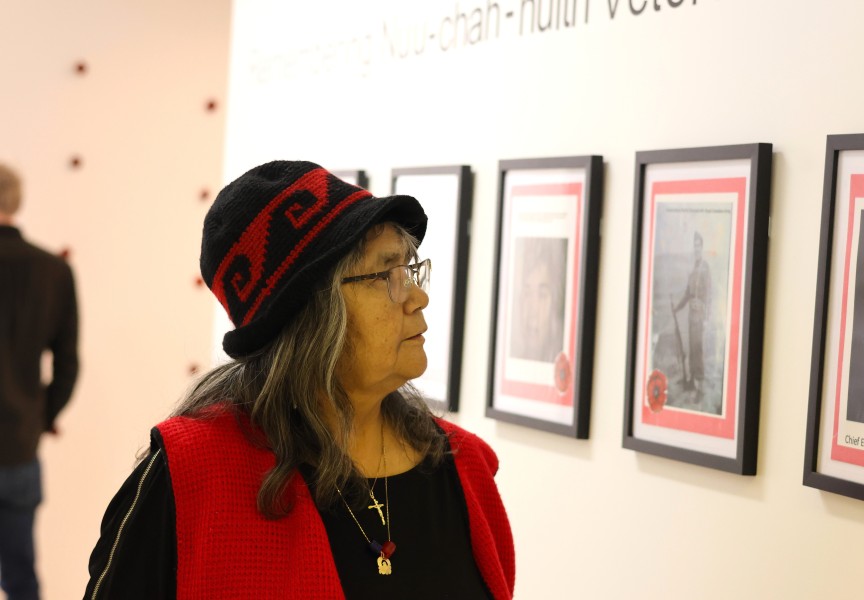The Tseshaht and Ditidaht First Nations are receiving close to $30,000 each for emergency service equipment and training from the Province of British Columbia.
The B.C. government is launching a one-day training model for Emergency Support Service (ESS) responders in response to feedback from communities and input from the Premier’s Expert Task Force on Emergencies.
The new training, which starts May 4, condenses the current week-long training model, allowing people to rapidly become trained as an ESS responder during emergencies. This will make the training more accessible for many people who want to be volunteers. The course will prepare new ESS responders to provide trauma-informed and culturally safe support both in-person or by phone, which will help provide more ESS responders across B.C. in places that might not have a large volunteer capacity.
The government is also supporting almost 100 local ESS projects with more than $3.27 million through the Community Emergency Preparedness Fund (CEPF). Funding will help communities expand their capacity to provide ESS, as well as support the modernization of their programs to include more digital and remote support options.
“British Columbians come together and support each other during emergencies,” said Josie Osborne, MLA for Mid Island-Pacific Rim, in a press release. “This new training and equipment for local Emergency Support Service responders will help communities prepare and respond effectively in crises to keep their neighbours safe.”
The Tseshaht First Nation will receive $29,985 for ESS training and equipment that can be used by volunteers in the case of a disaster or emergency.
“This includes, but is not limited to, things like cots, blankets, sleeping mats, freeze-dried food and first aid kits, to name a few,” said Kaitlin Minvielle, emergency program coordinator with the Tseshaht First Nation. “Funds will also be going towards some training initiatives like developing an ESS volunteer on-boarding system and training program.”
Currently, the Tseshaht First Nation does not have specific ESS volunteers, Minvielle said, but when emergencies do arise, community members have been known to step up.
“That being said, we are working towards providing an ESS program and know that there are people in the community who would be interested in joining,” Minvielle said. “Having more ESS volunteers from within community will build internal resilience. When people think ESS, they often think bigger disasters or emergencies, like wildfire or earthquake but that is not always the case. ESS can also support situations like individual house fires. Having an ESS team within Tseshaht will bolster community strength and resilience.”
The new one-day training will be available for anyone who wants to support their community.
“Access will most likely require individuals to be a part of an ESS team, however, the one-day session does aim to provide training to spontaneous volunteers during a disaster or emergency,” Minvielle said. “I would recommend people reach out to their local ESS teams if they are interested in volunteering. The ACRD has an ESS team and Tseshaht First Nation will soon be establishing a team as well.”
Minvielle said there are many reasons why it is important for ESS volunteers to be trained in trauma-informed and culturally safe supports when responding to an emergency.
“Understanding trauma and how it can manifest in a variety of ways during stressful times will allow volunteers to respond with sensitivity and empathy, while remaining effective,” she said. “Culturally safe supports are crucial for providing safe spaces for all, while respecting cultural diversity. Having volunteers trained in cultural safety and humility hopefully will foster trust for people impacted by disaster.”
The Ditidaht First Nation will receive $29,928 for an ESS evacuation trailer and supplies.







